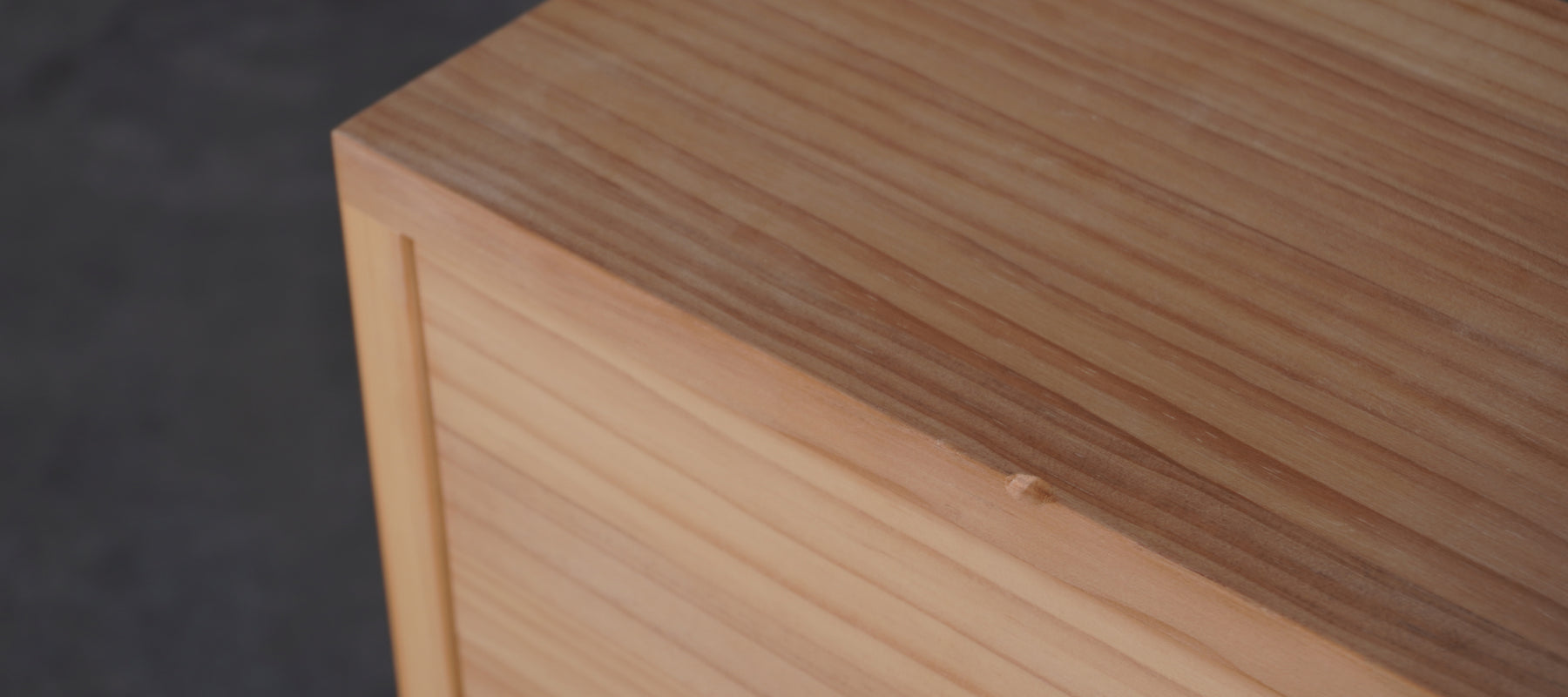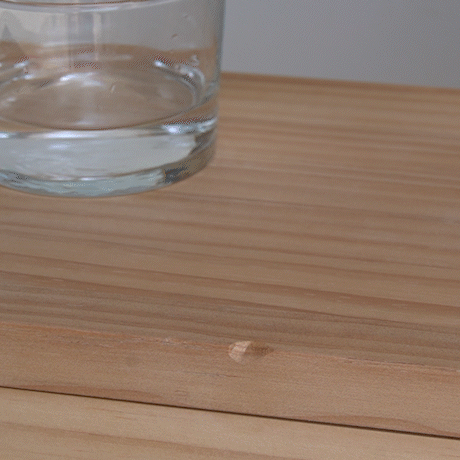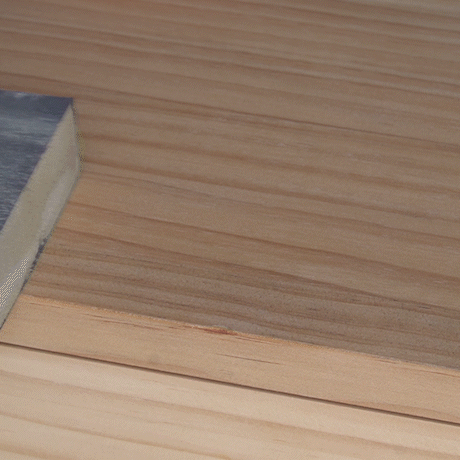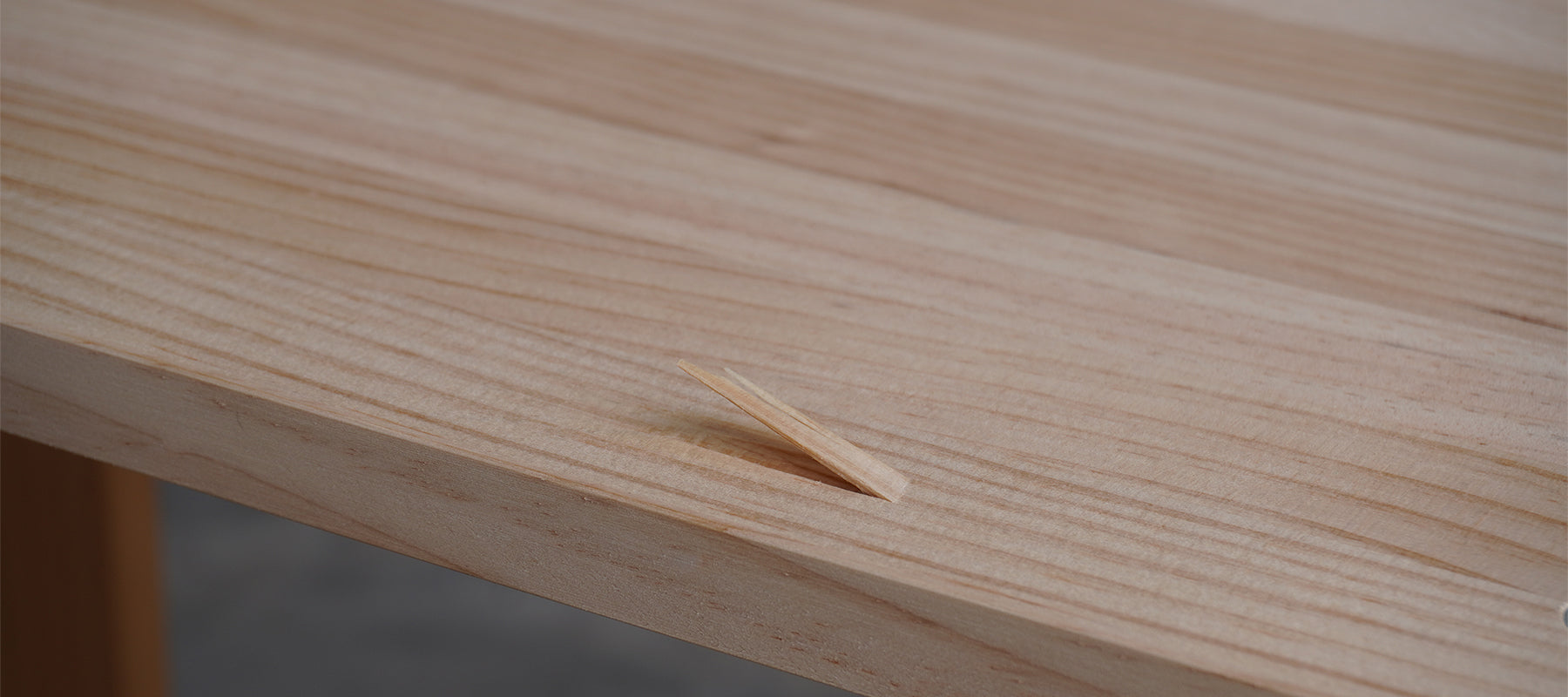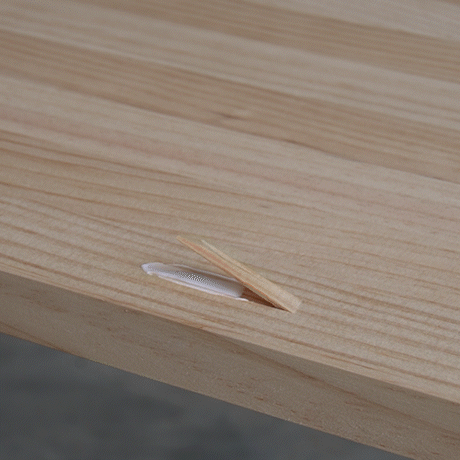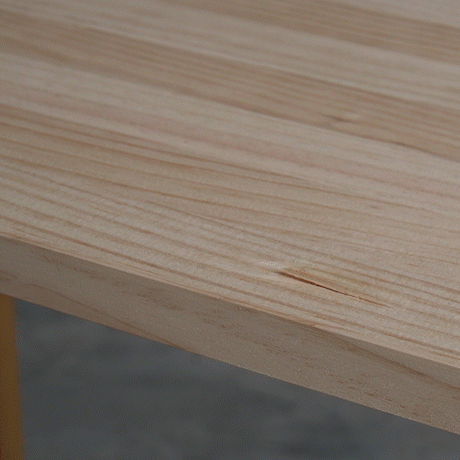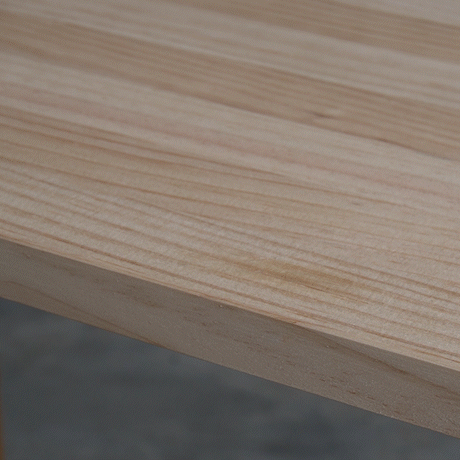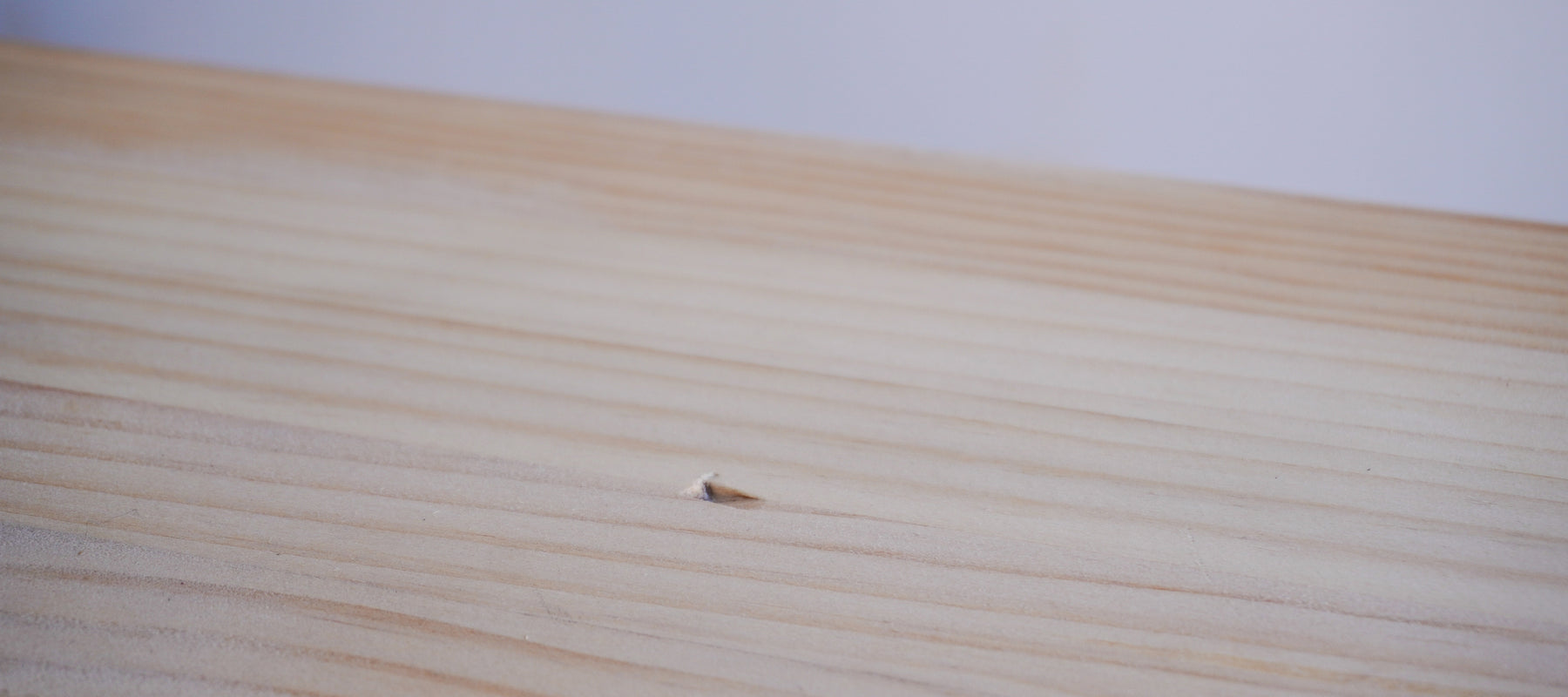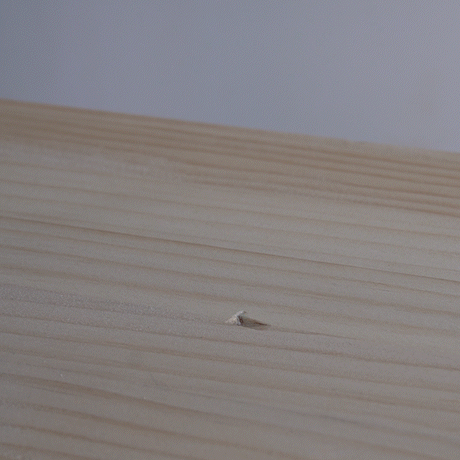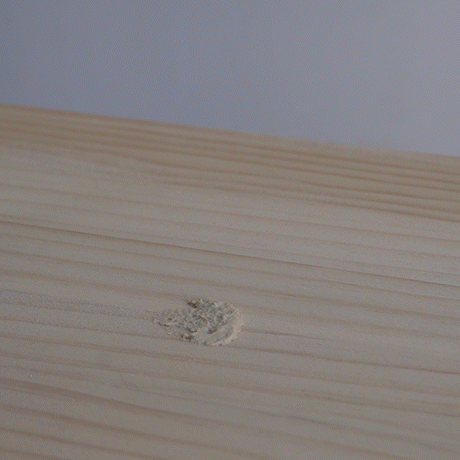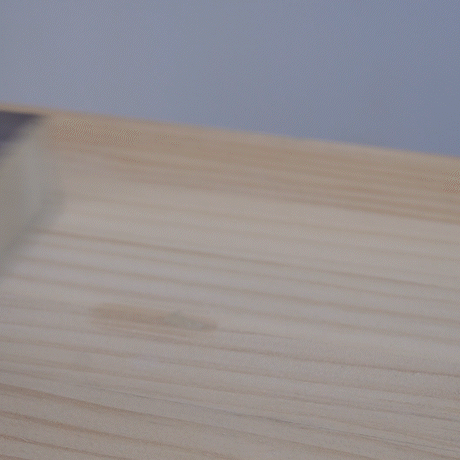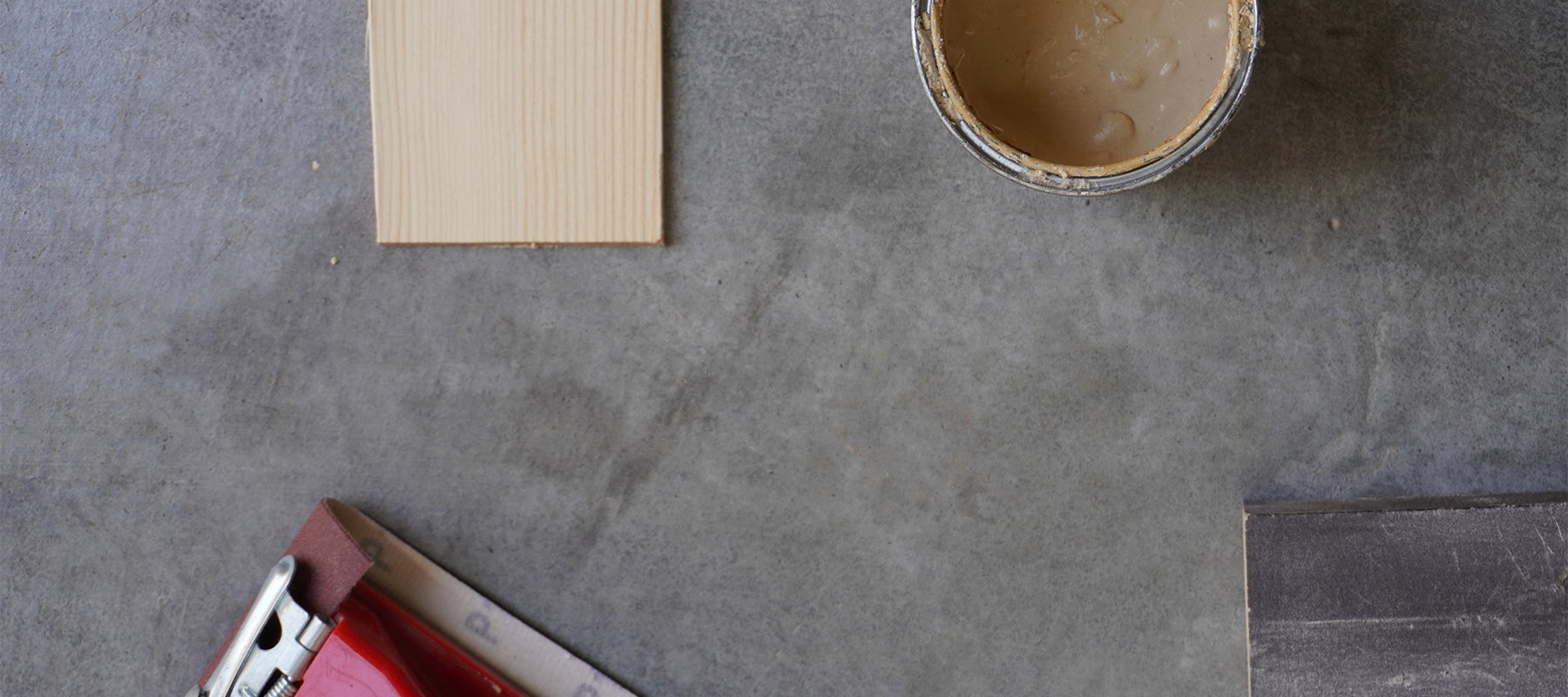Guide: Restoring natural wood furniture
Throughout the lifespan of our furniture, it's inevitable that at some point, they may suffer damage, whether due to accidental impacts, natural wear and tear, or scratches. However, there's no need to turn to professionals to address these issues. You can do it yourself!
In this article, we offer you three sections depending on the need: repairing dents and scratches, repairing chips and repairing deep dents. We provide you with valuable instructions on how to carry out simple and effective natural wood furniture repairs from the comfort of your home.
Before repairing any imperfections in wooden furniture, it's essential to consider whether it's solid natural wood or, on the contrary, it's treated. Emphasize that our recommendations are mainly and only on natural solid wood. In the case of treated wood, it's important to note that repairing the damage also involves removing part of the protective layer or color, making the process different.
The following guidelines we'll share with you are versatile and can be applied to correct a wide range of problems, from surface dents to deeper damages, as well as repairing scratches and splinters on your furniture's wood. With a little patience and the right tools, you can restore the beauty and functionality of your furniture, thus extending its lifespan and saving money on potential expensive replacements.
Before beginning any process, we always recommend cleaning the furniture with a soft cloth or towel to remove any traces of dirt.
1. How to repair superficial bumps and scratches:
2. How to repair splinters:
3. How to repair deep blows:
If you carefully follow these steps, you will be able to repair your natural pine wood furniture, such as removing scratches from the wood and restoring its aesthetics. Repairing wood tables and repairing wood chairs are tasks you can tackle successfully.
However, once you have completed your wood furniture repair, you might consider some additional actions to ensure that your furniture remains in excellent condition over time.
For additional protection and to keep them in the best condition, we recommend that you check out our article on "care". There you will find valuable tips on how to maintain and preserve the quality of your pine furniture, thus prolonging its lifespan and aesthetic appeal.
In addition, it is important to keep in mind that, to prevent future damage, you should avoid prolonged exposure to direct sunlight and excessive moisture. These two factors can deteriorate the wood and affect the integrity of your furniture. By following these simple precautions, you can enjoy your natural pine furniture for many years without worry.

